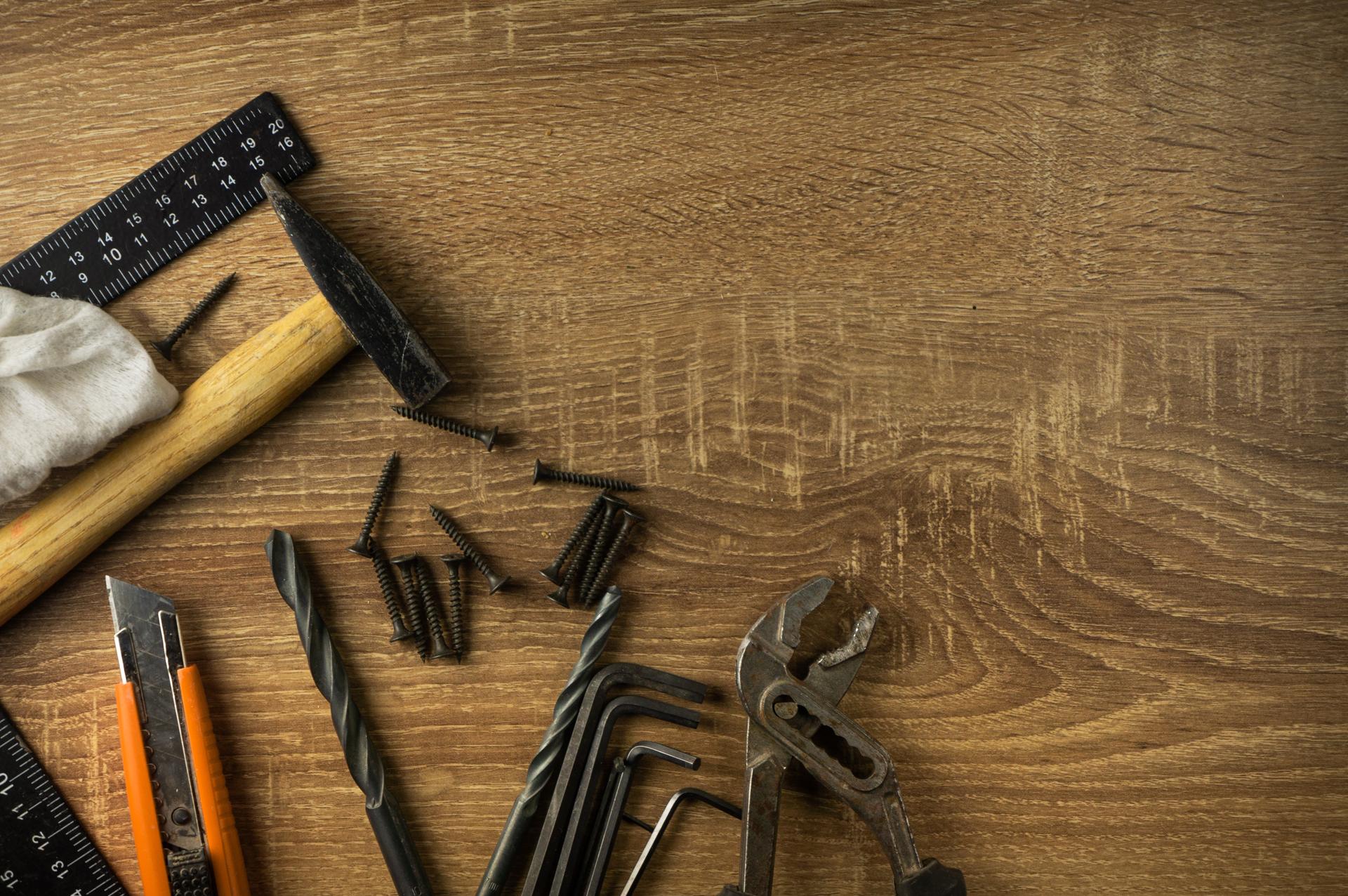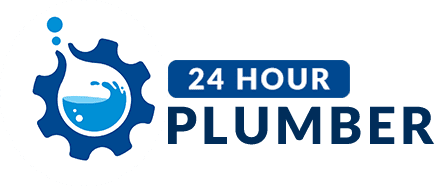DIY Plumbing: A Comprehensive Guide to Resolving Home Plumbing Problems

Plumbing systems are an essential component of every home. If they are not maintained properly, they can become an issue for many which can cause inconvenience and expensive repairs.
There are numerous advantages to learning to resolve minor plumbing issues yourself such as saving money and learning useful abilities. The following article we will examine common plumbing issues and the DIY methods to fix them.
Common Plumbing Problems
Dripping Faucets
Dripping faucets aren’t only frustrating, but they also waste a significant amount of water over the course of. The most common cause of a dripping faucet is a worn-out washer, or an O-ring. To remedy this problem, turn off the water supply to the faucet, disassemble the handle, and replace the worn-out O-ring or washer.
Running Toilets
A running toilet is a common plumbing issue that can result in a significant loss of water. The most common cause is a faulty flapper valve that isn’t sealing correctly, allowing water to escape from the tank and into the bowl. To correct this problem switch off the water supply to the toilet, open the lid from the tank, and alter or replace the valve that seals it.
Clogged Drains
Clogged drains can be caused by a variety of factors, including soap, hair, or food particles. To get rid of this problem, you can try using the plunger or drain snake to eliminate the clog. Alternately, you could make a mix of baking soda and vinegar to dissolve the clog.
Low Water Pressure
Low pressure water in the pipes is often caused by a number of causes, including mineral buildup in the pipes or a faulty pressure regulator. To fix this issue try cleaning the aerator and replacing the pressure regulator.
Tools Needed for DIY Plumbing
For DIY plumbing, you will need a few essential tools like the plunger, an adjustable wrench, pipe wrench, Teflon tape, and screwdriver. Having these tools on hand can make it much easier to repair minor plumbing problems.
Safety Tips for DIY Plumbing
Security should be the top priority when performing any DIY plumbing repairs. Some tips for safety to keep in mind include turning off the water supply prior to starting any repairs, wearing safety glasses and gloves, and keeping a first-aid kit in case in the event of an emergency.
DIY Plumbing Techniques
For fixing common plumbing problems it is necessary to know some DIY plumbing techniques such as how to shut off water flow or fix a dripping faucet and how to fix an unresponsive toilet and how to clear a drain, and ways to increase the pressure in your water. These techniques can save you time and money on minor plumbing repairs.
Conclusion
In the end, knowing how to fix minor plumbing problems yourself can be beneficial in various ways. It’s not just a way to save you money, but it could also give you satisfaction and valuable abilities. However, for more significant plumbing problems, it’s recommended to contact an experienced plumber.
FAQ
Can I fix a plumbing problem myself?
Yes, you are able to fix minor plumbing issues yourself, by learning basic DIY plumbing techniques.
Which are the top common plumbing problems?
The most frequent plumbing issues are dripping faucets, running toilets, blockages in drains, as well as low pressure water.
What tools do I require for plumbing projects at home?
There are a few indispensable tools like an adjustable wrench, a plunger pipe wrench Teflon tape and a screwdriver.
Is DIY plumbing safe?
DIY plumbing is secure if you adhere to safety guidelines and take proper steps.
When should I contact an experienced plumber?
You should contact a licensed plumber for plumbing problems of a serious nature that require specialized equipment and knowledge.
